This Year's Top Trends
What a crazy year 2022 was for many reasons. COVID lockdown restrictions were finally removed in the Spring with hope that some form of sustained normality would resume. Instead, we stepped out of one crisis to be met by others, including a war on the European continent, geopolitical instability, increased talk of recession and a cost-of-living crisis fuelled by runaway inflation largely caused by gridlocked global supply chains and energy shortages. A year not to forget.
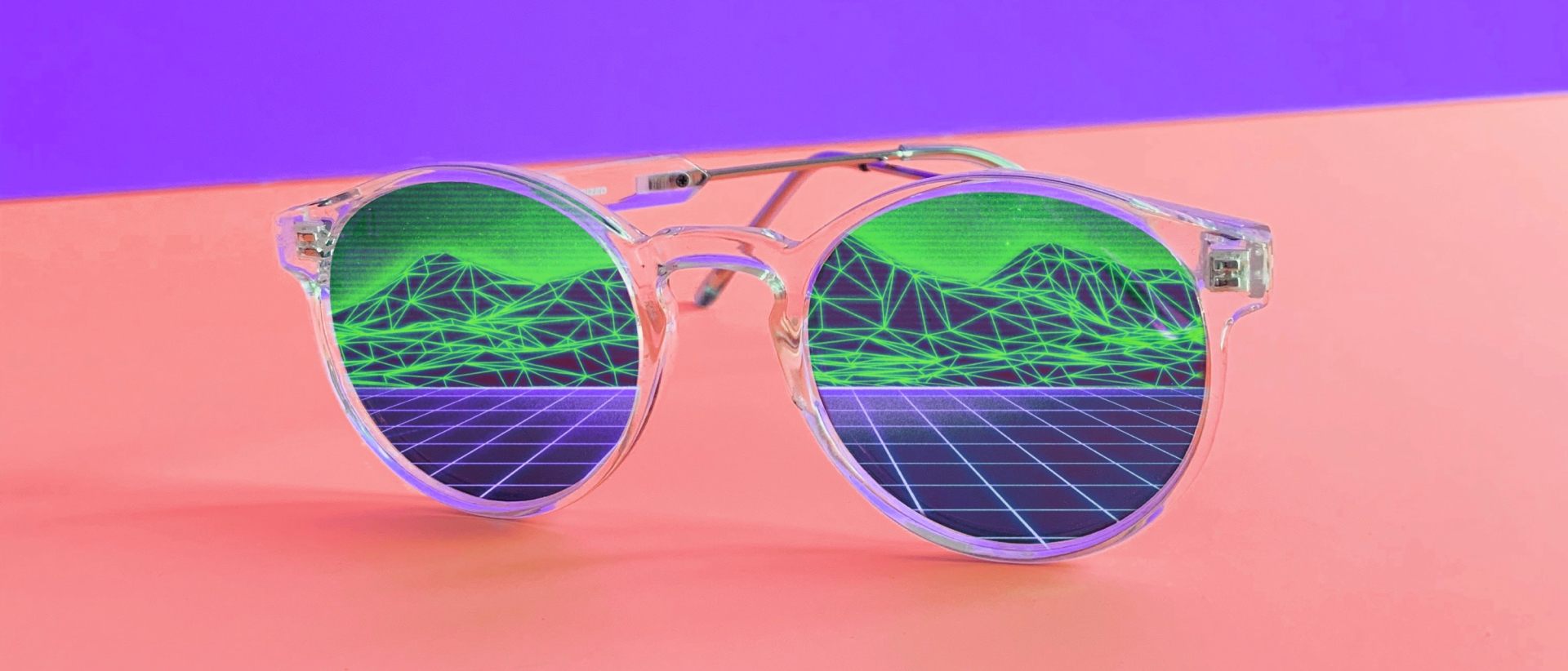
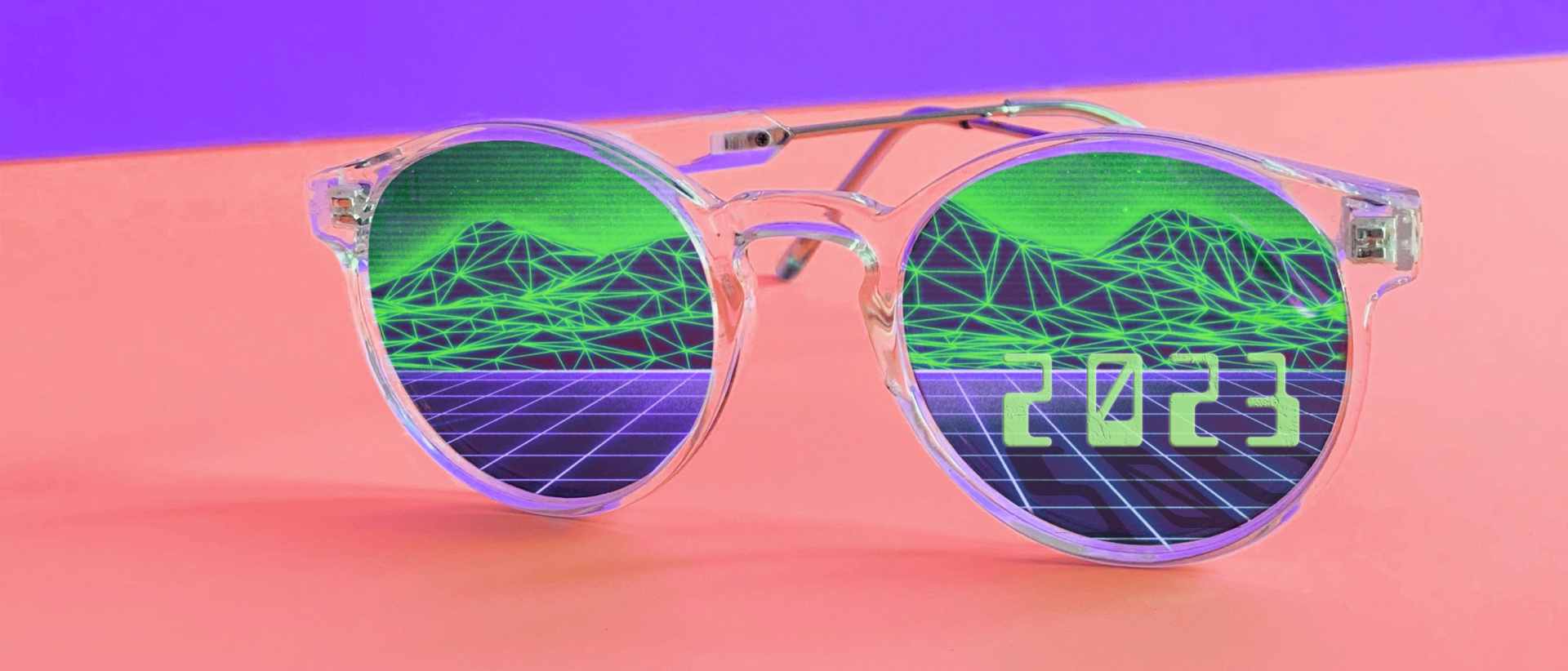
If 2022 taught me anything it is that you never know what’s lurking in the shadows that can potentially undermine even the best plans. Frankly, I think trying to make predictions is a bit of a mugs game as the odds of getting it wrong as just too high.
I am certain that this year will present challenges to navigate but I remain very optimistic about the year ahead and I look forward to sharing more details on the exciting projects we are working on with our clients. For now, what I’d like to do is share some of my thoughts on topics that show a clear trend leading into this year that I personally think are intriguing, of worth monitoring and impactful.
Streaming wars find a new battle ground
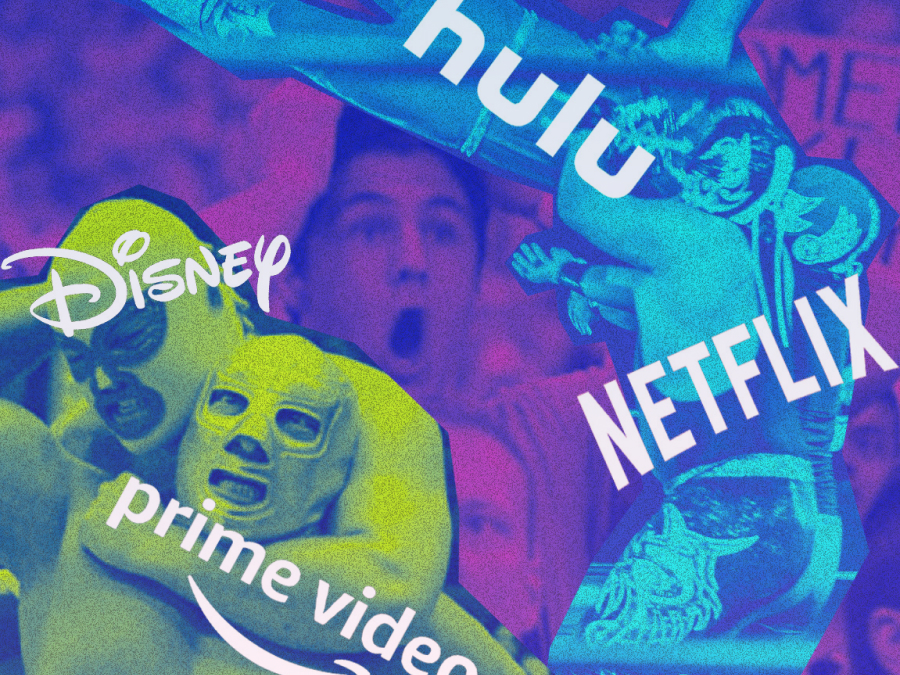
We work with clients on media products that range from content collaboration applications through to workflow monitoring, storage, distribution and Direct to Consumer (D2C) streaming. For the sake of brevity (something that doesn’t come naturally) I’ll focus on the D2C streaming end of the market.
In 2022 the streaming wars really took off as we saw a further increase in competition but at a growing expense as original scripted content costs surged. There was further M&A activity as platforms tried to reach a competitive scale, capture market share, and tried to achieve profitability.
However, the sector still suffers from the challenging combination of high operating costs largely due to massive investments in original scripted content that is being produced to attract new subscribers and a high churn rate as subscribers binge content and switch between services. Platforms have also seen declining subscriptions as households continue to tighten their belts.
Towards the back end of last year, we saw a push towards ad-supported services to lower the access costs to viewer, including Disney+ introducing an ad-tier model in the U.S. Netflix have also launched an ad-supported ‘Basic’ tier working with Microsoft as their selected technology partner.
Free Ad-Supported Streaming TV (FAST) really began to dominate the conversation in 2022. FAST is basically linear streaming channels, such as Pluto TV and Peacock, that are ad-supported rather than subscription.
These trends will likely continue in 2023 as the various services attempt to find ways to be profitable in a highly competitive market, which will push the platforms to the new battlefield of fighting over ad spend against not just rival streaming services but also advertising platform giants, Meta, Google, Amazon, Microsoft and Apple.
We also saw the further introduction of bundles, such as the Disney Bundle that includes Disney+, Hulu and ESPN+. I’d expect further bundles to be offered this year to attract subscribers and keep them. We could even see more mega bundle packages of different streaming services to reduce churn caused by users hopping between services.
If the past several years have taught us anything it’s that 2023 will likely see more M&A activity. With Bob Iger back at the helm as CEO of Disney they’ll likely be some big plays coming. Will ESPN+ be spun off? Or could Disney make a big acquisition into an adjacent market? Could Microsoft push further into media by purchasing Netflix? Only time will tell.
Content desirability, subscription costs, and product experience will ultimately determine user retention levels. Expect to see further ad-supported tiers, bundling of services, a reduction in content production levels and the leveraging of sticky content, including sports and news.
Like most households over the holiday season, I used a range of different streaming services and jumped between user profiles with the family. It was disappointing that simple design errors really made the experiences less enjoyable. I would love to see more energy invested in to improving the product experience. There is a bit to unpack on this topic so we will be sharing some more thoughts and recommendations in a series of review articles this year.
Web3, it’s time for a reality check

From my experience if you say web3 to somebody you are either greeted by wide-eyed enthusiasm or a cynical furrowed brow. Nothing in between.
One of the issues that web3 faces is that it is a label that bottles a range of different technologies, which have varying importance depending on your subjective interest, whether that be crypto or blockchain, DAOs, mixed reality or AI, etc.
In 2022 much of the conversation was sadly taken up by failures rather than successes, including the precipitous decline in the value of crypto, the collapse of FTX due to allegations of fraud and the lack of due diligence and regulation in the crypto market. Then there is Meta’s $100 billion bet on the metaverse, which has resulted so far in product releases that are extremely buggy and poorly adopted. AI is the exception but more on that below.
Emerging technologies need space to develop and find a purpose but web3 will lose all meaning and be seen as empty jargon unless it starts to ground itself in some reality. How? By presenting tangible applications that are well executed with solid user cases. I am hoping in 2023 that the industry sees the writing on the wall and cuts out the navel-gazing.
I am looking forward to when Apple release their mixed reality headset in 2023. I am even more excited about their launch of the delayed Apple Glasses that industry insiders suggest will launch in 2025. Apple are masters of entering a market a little later and turning it on its head by creating desirable products that users not only want but feel they need.
AI, the robots are here!
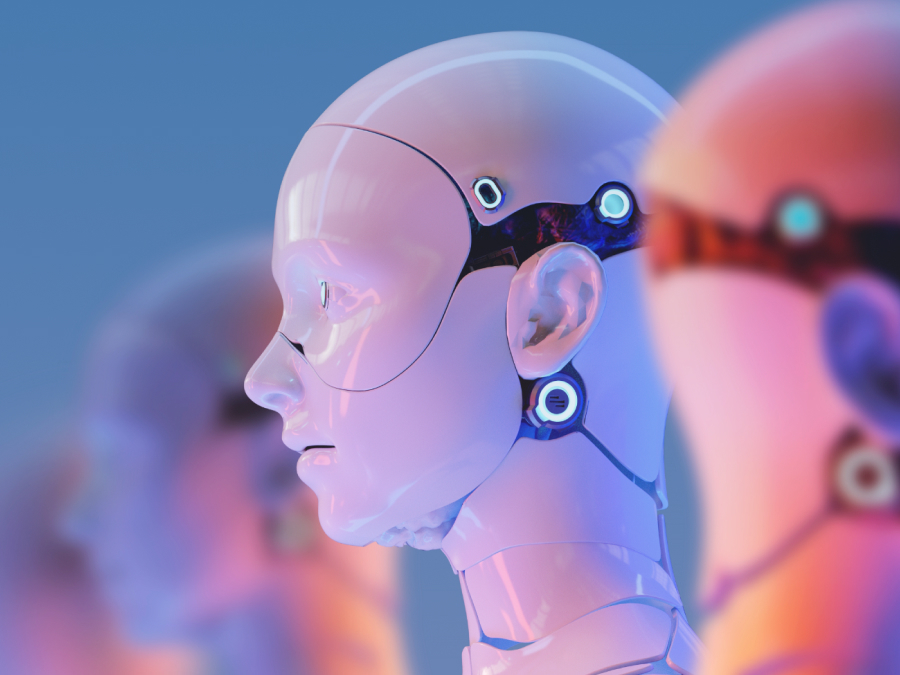
You have probably already played with OpenAI’s ChatGPT, a generative AI solution that can produce complex natural language responses to simple text prompts. The technology is imperfect but the release in 2022 did manage to capture the imagination of the wider public and take the possibility of AI from yet another keynote presentation at a vanilla tech summit and put an actual product in the hands of people to use.
Sure, it’s fun to use image generative models like DALL-E 2 to create an image of an astronaut, riding a unicorn but the possibilities of AI to totally transform our lives seems increasingly in reach and unlimited.
Similar in the way in which mechanisation disrupted labour intensive manufacturing, AI has the potential to disrupt the knowledge economy. Foundation AI models will continue to improve, making the technology increasingly more accessible and non-domain specific that will result in a wide variety of uses. From filling out a standard tax returns to performing cutting edge bioscience research, there are seemingly endless possibilities. Expect to see enriched AI capabilities integrated into digital products that you use today, such as Microsoft Office and Bing (for anybody under 35, Bing is Microsoft’s search engine which commands a tiny market share against Google).
The technological and cultural success of ChatGPT has made others like Google take notice and will force a response. There will be a flood of investment and competition this year that will further accelerating the speed of AI innovations.
Microsoft, already an investor in Open AI, has announced plans to further invest $10 billion more in the AI Startup.
AI will impact our personal and professional lives in so many ways that it has already started me thinking about what advice I would give to my son who is at least 15 years off entering the job market. Which will be the careers of the future that will be complemented rather than replaced by advancing AI solutions?
Super-apps; for superusers or everyone?
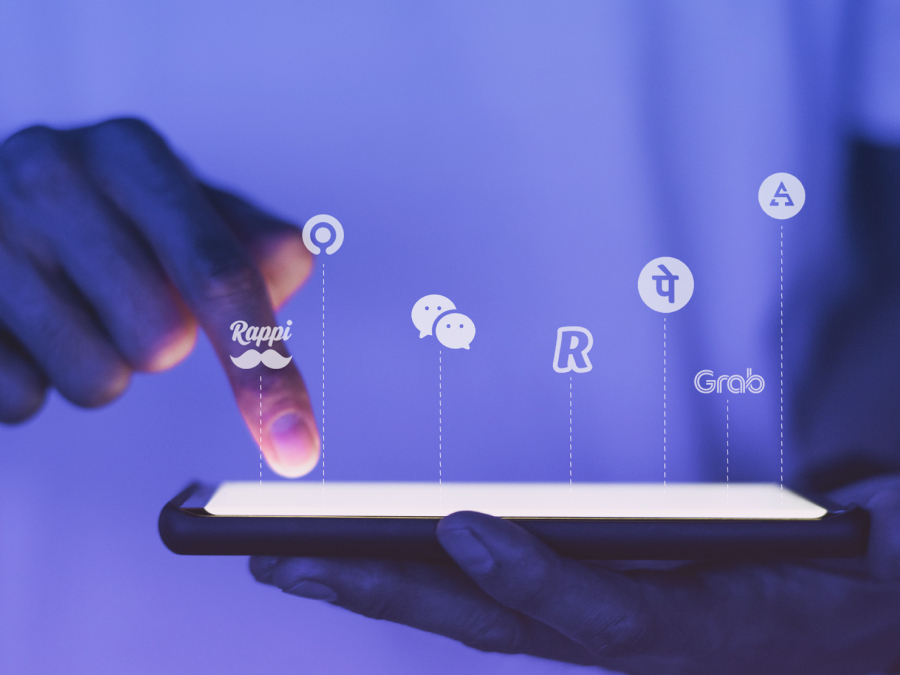
Super-apps are digital products that offer a selection of services that form a closed ecosystem with the use of mini-apps, removing the need to download multiple different apps. While a hot topic in 2022, super-apps haven’t gained much traction outside of Asia, with WeChat probably being one of the most quoted successful examples.
Elon Musk said soon after purchase that twitter would transform in to an ‘everything app’, which many interpreted as a super-app. However, this never felt like a clear strategy and talk of this has dropped off for now.
Revolut is a U.K. fintech that’s app is a convenient and cost-effective way to perform basic currency exchanges and withdrawals. Over the years the product has grown to include additional financial services features, including stock trading and crypto exchange. In a subsection called the ‘Hub’ users can access a range of services from pet insurance to gift card purchases.
I do not know the adoption level of these addition services. There is lots of choice that can feel overwhelming to the extent that users could later retreat to think of Revolut as an app for currency exchanges with some ‘other stuff in the background’.
Product designers have been creating applications for years now that are minimalist in design to give a clear purpose that allow users to complete core tasks easily through an intuitive interface. The more services and features you stuff into your app the greater the risk that the design becomes bloated and difficult to navigate. Conversely, conceal ‘noncore’ features too much and they will unlikely be found and used at a significant level, questioning their overall value. A fine UX tightrope to walk.
This year will likely see more examples of super-apps. I’m looking forward to seeing how smart user experience design is applied to these obviously convenient but inherently more complex mobile applications.
Big tech feels gravity
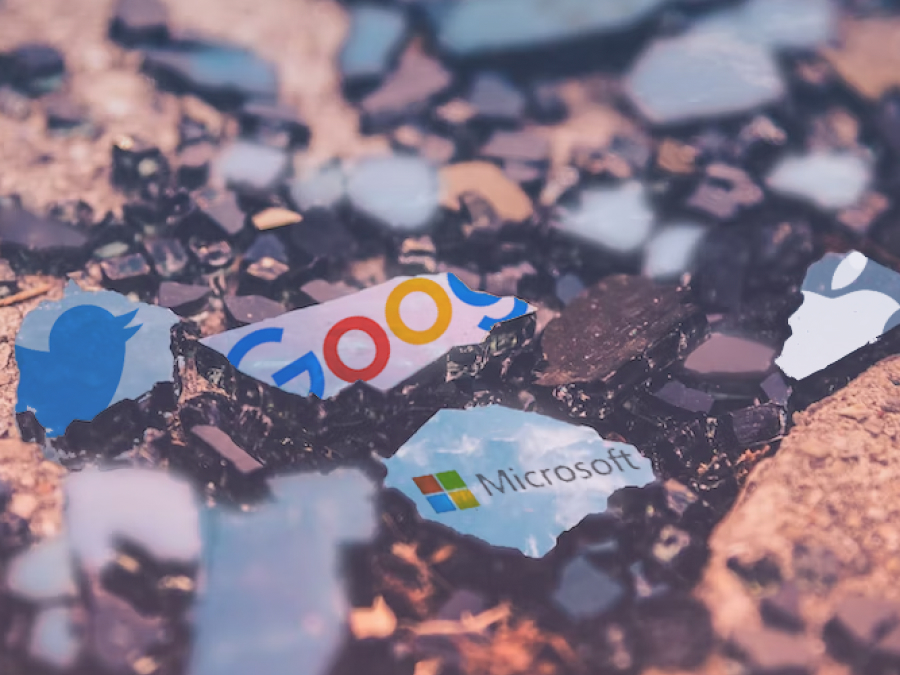
2020/21 was kind to big tech shareholders, with stocks outperforming the market driven by an increased demand in a range of services that kept businesses trading and consumers sustained, entertained, and distracted. The oversized performance of big tech emboldened many of the larger tech firms to scale aggressively. However, as the economic conditions in 2022 began to worsen and consumer and business buying behaviours changed, the performance of big tech began to come down to earth.
This resulted in more realistic market valuations that are aligned to price/earnings ratios. However, this correction came with a real human cost in the form of around 150,000 job losses in the tech sector. Most of those effected will likely be of an age where this is their first experience of an economic downturn and job insecurity – it will be a shock for those affected and my thoughts are with them. Unfortunately, I think there will be further job losses in big tech in 2023 before things begin to settle down.
I’ve been through multiple economic downturns and the key lesson I learned early on in my career in professional services is that the companies that come out strongest are those that don’t allow the extra noise to distract them from reliably executing to a high quality. By quality I refer not just to the standard of the work produced but also the level of service delivered daily with every client interaction.
To consistently reach a high bar of quality requires a clearly defined strategy along with a set of actionable values that bind your team together to achieve common goals. Sounds like basic textbook stuff but it doesn’t make it any less true. This truth was made abundantly clear to me during the pandemic years and is a lesson that I will never forget.


